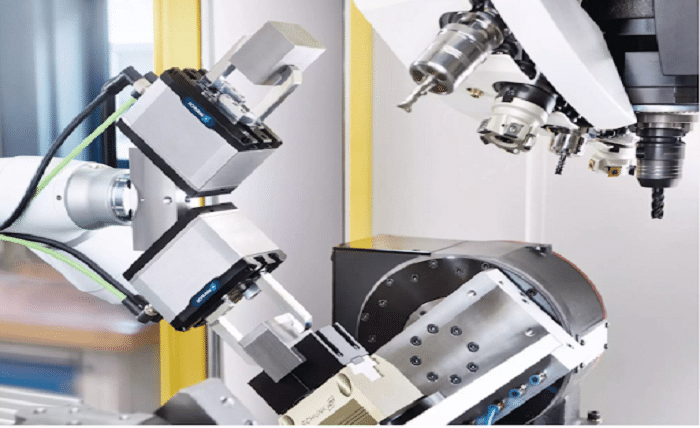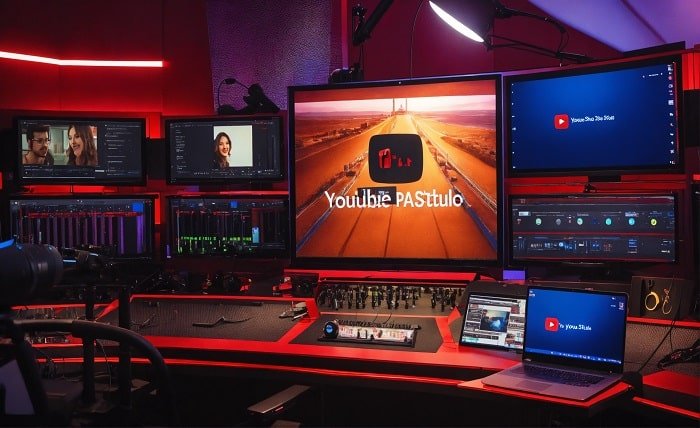The rapid advancement of technology has revolutionized many aspects of our lives, including our health and wellness. From fitness trackers to telemedicine, technological innovations have made it easier for us to maintain and improve our well-being. This blog post explores how the development of technology has positively affected our wellness, highlighting key areas where these advancements have made a significant impact.
1. Advancements in Medical Technology
One of the most significant ways technology has improved our wellness is through advancements in medical technology. Innovations such as robotic surgery, advanced imaging techniques, and minimally invasive procedures have enhanced the accuracy and effectiveness of medical treatments. These advancements have led to better patient outcomes and faster recovery times.
Technological advancements have greatly enhanced accessibility for individuals with disabilities. Innovations like text to speech software, screen readers, and adaptive devices have made it easier for disabled individuals to navigate daily life and maintain their independence. These technologies contribute significantly to their overall well-being.
2. Telemedicine and Remote Healthcare
Telemedicine has revolutionized healthcare by making it more accessible and convenient. With the ability to consult with doctors remotely, patients can receive medical advice and treatment without leaving their homes. This has been particularly beneficial for individuals in rural or underserved areas, ensuring that everyone has access to quality healthcare.
3. Wearable Fitness Technology
Wearable fitness technology, such as fitness trackers and smartwatches, has become increasingly popular. These devices monitor physical activity, heart rate, sleep patterns, and other health metrics, helping users stay on top of their fitness goals. By providing real-time feedback and personalized insights, wearable technology encourages a more active and healthy lifestyle.
4. Mental Health Apps and Online Therapy
The development of mental health apps and online therapy platforms has made mental health care more accessible. Apps like Headspace and Calm offer guided meditation and relaxation exercises, while online therapy services connect users with licensed therapists. These tools provide convenient and affordable ways to manage stress, anxiety, and other mental health issues.
5. Nutrition and Diet Tracking
Technology has made it easier to track and manage our nutrition. Apps like MyFitnessPal and Lose It! allow users to log their food intake, monitor their nutritional values, and set dietary goals. These tools help individuals make informed decisions about their diet and maintain a balanced and healthy lifestyle.
6. Personalized Fitness Programs
Personalized fitness programs have become more accessible thanks to technology. Apps and online platforms offer customized workout plans based on individual goals, fitness levels, and preferences. Virtual personal trainers and AI-driven fitness apps provide guidance and motivation, making it easier to achieve fitness objectives.
7. Sleep Monitoring and Improvement
Adequate sleep is crucial for overall wellness, and technology has provided tools to monitor and improve sleep quality. Devices like the Fitbit and Apple Watch track sleep patterns, while apps like Sleep Cycle analyze sleep data and offer suggestions for better rest. These technologies help users identify sleep issues and adopt healthier sleep habits.
8. Chronic Disease Management
Technology has also played a vital role in managing chronic diseases. Remote monitoring devices, such as glucose monitors for diabetics and blood pressure monitors for hypertensive patients, allow for continuous health tracking. Telemedicine and health apps enable patients to manage their conditions more effectively and communicate with healthcare providers regularly.
9. Enhanced Accessibility for Disabled Individuals
Technological advancements have greatly enhanced accessibility for individuals with disabilities. Innovations like speech-to-text software, screen readers, and adaptive devices have made it easier for disabled individuals to navigate daily life and maintain their independence. These technologies contribute significantly to their overall well-being.
10. Community and Support Networks
Online communities and support networks have flourished thanks to technology, providing platforms for individuals to connect, share experiences, and offer support. Social media groups, forums, and dedicated apps help people with similar health and wellness goals to find encouragement and advice, fostering a sense of community and belonging.
Conclusion
The development of technology has had a profound and positive impact on our wellness. From advancements in medical technology and telemedicine to wearable fitness devices and mental health apps, these innovations have made it easier for us to manage our health and well-being. As technology continues to evolve, it will undoubtedly bring even more benefits to our lives, helping us to lead healthier and more fulfilling lives.
FAQ
1. How has telemedicine improved access to healthcare?
Telemedicine has improved access to healthcare by allowing patients to consult with doctors remotely. This is particularly beneficial for individuals in rural or underserved areas who may not have easy access to healthcare facilities.
2. What are the benefits of wearable fitness technology?
Wearable fitness technology helps users monitor their physical activity, heart rate, and sleep patterns. It provides real-time feedback and personalized insights, encouraging a more active and healthy lifestyle.
3. How do mental health apps support well-being?
Mental health apps offer guided meditation, relaxation exercises, and connections to licensed therapists. They provide convenient and affordable ways to manage stress, anxiety, and other mental health issues.
4. Can technology help with chronic disease management?
Yes, technology plays a vital role in managing chronic diseases. Remote monitoring devices and health apps allow patients to track their conditions continuously and communicate with healthcare providers regularly.
5. How does technology enhance accessibility for disabled individuals?
Technology enhances accessibility through innovations like speech-to-text software, screen readers, and adaptive devices. These tools make it easier for disabled individuals to navigate daily life and maintain their independence.





